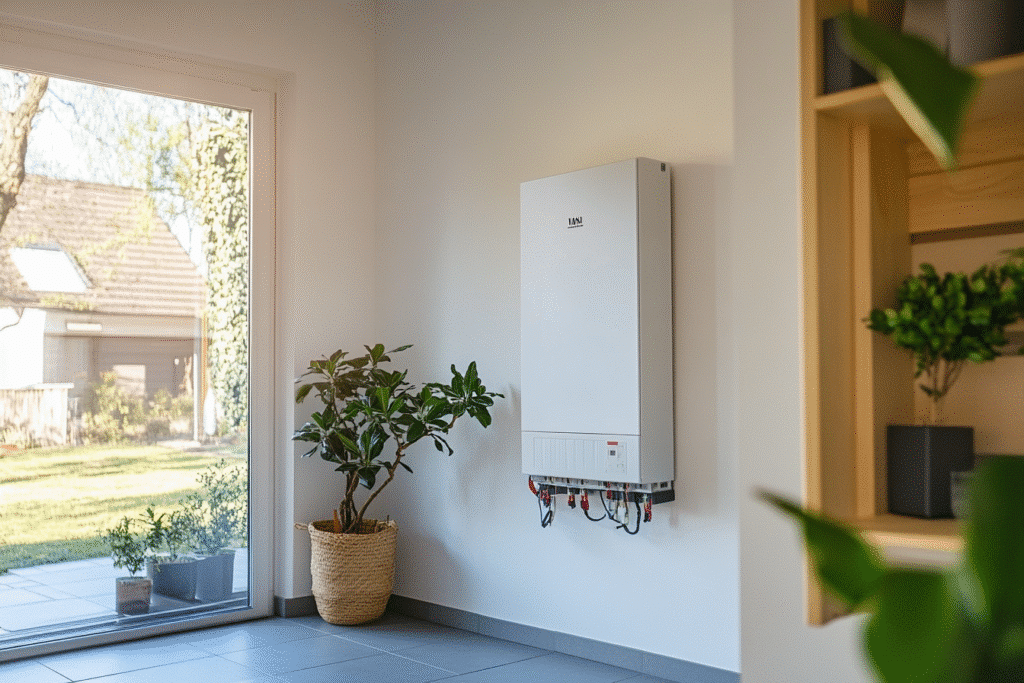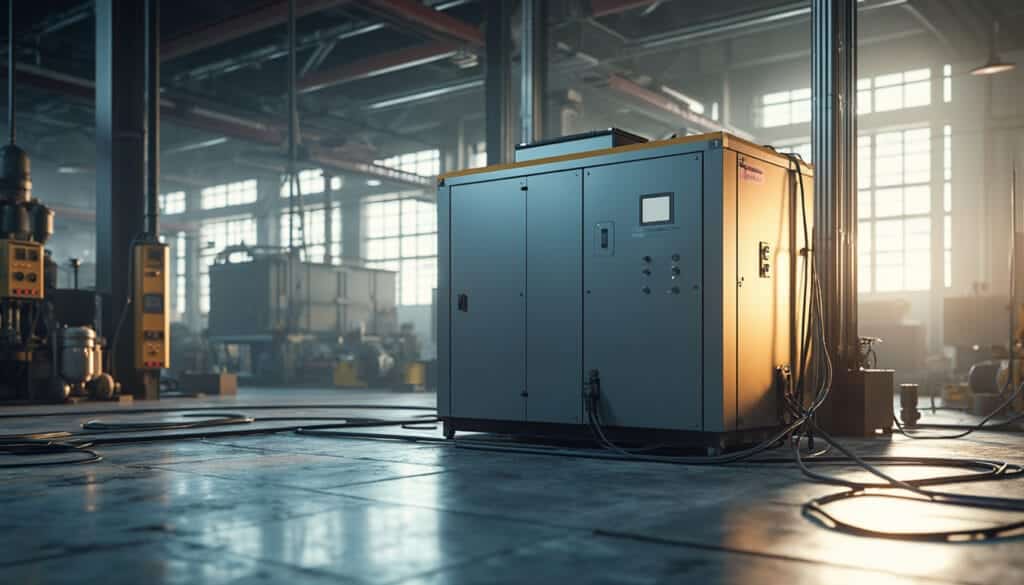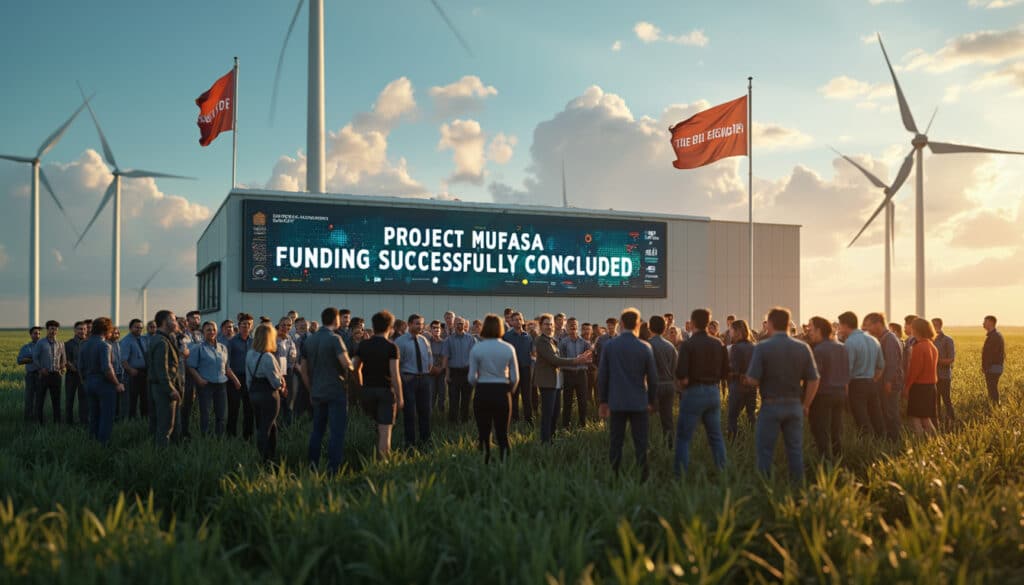An energy revolution is underway in the state of Maine with the creation of the largest iron-air battery in the world. This project, led by the startup Form Energy, aims to install a network of modules capable of storing an impressive amount of 8,500 MWh. This advancement promises to redefine our approach to renewable energy storage, a critical necessity as we move away from fossil fuels. Utilizing the innovative “reversed rust” technology, this giant battery offers a robust and scalable solution to address the intermittency of renewable energy sources.

In 2025, in the state of Maine, a revolution in renewable energy will emerge with the construction of the largest iron-air battery in the world by the American startup Form Energy. This battery, based on the innovative “Reversed Rust” technology, promises to transform the way we store and use energy from renewable sources. This article explores this revolutionary technology and its implications for the future of energy.
The Birth of a Giant Battery in Maine
Form Energy recently announced the construction of the largest iron-air battery ever designed, capable of storing up to 8,500 MWh of energy. Located in the state of Maine, this facility will be operational by 2025. This ambitious project marks a decisive turning point in the management of renewable energy, addressing the growing need for sustainable solutions for large-scale energy storage.
The ‘Reversed Rust’ Technology
The heart of this innovation lies in the “Reversed Rust” technology. Unlike traditional batteries, this technology uses iron and air to store and release energy. The process relies on the reversible oxidation and reduction of iron, an abundant and inexpensive material, making the solution extremely attractive from both economic and ecological standpoints.
Optimizing Energy Storage
The energy storage capacity of this giant battery, combined with the flexibility of “Reversed Rust,” allows for optimization of renewable energy use. Thanks to this technology, energy generated from intermittent sources, such as wind and solar, can be stored efficiently and released when demand is high, thus resolving one of the greatest challenges in the energy sector.
Ecological and Economic Impact
The construction of this giant battery will have a significant impact on reducing carbon emissions. By enabling more efficient use of renewable energies, this technology will help decrease our dependence on fossil fuels. Moreover, by using abundant and recyclable materials like iron, it represents an ecological and sustainable solution.
Towards a Sustainable Energy Future
Form Energy’s initiative in Maine is not an isolated phenomenon. Around the world, innovative energy storage technologies are emerging to meet the growing demand for renewable energies. For instance, projects like Energy Vault, which uses gravitational batteries to store excess energy, showcase the variety of solutions that propel us towards a more sustainable energy future.
Conclusion: A Major Advancement for Renewable Energy
The construction of the largest iron-air battery in the world in the state of Maine represents a monumental advancement for renewable energy storage solutions. By combining technological innovation and sustainability, “Reversed Rust” technology has the potential to transform our energy landscape for decades to come. As global demand for clean energy continues to rise, initiatives like Form Energy’s are paving the way for a greener and more resilient future.
31 000 € pour réparer la batterie d’une voiture hybride ? Trois fois plus cher qu’une batterie de voiture électrique !
— Frandroid (@Frandroid) September 8, 2024
? https://t.co/bqHXCWXDBv https://t.co/bqHXCWXDBv
Articles similaires
Thank you!
We will contact you soon.














